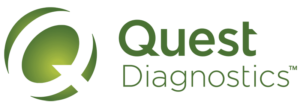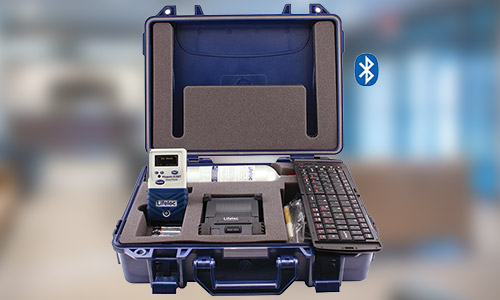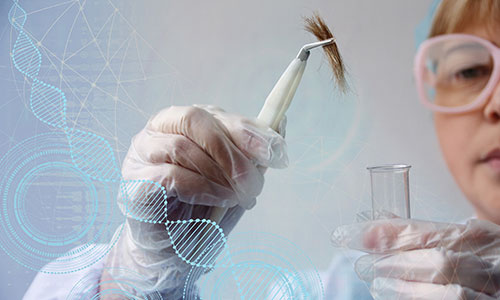Testing Methods for Drugs and Alcohol
Illegal drugs can be detected by several methods. The most common method is to screen a urine sample for drugs. Oral fluids (saliva) and hair follicle are reliable methods, too. A breath sample is the standard for the detection of alcohol in the system, but urine and saliva are acceptable options to screen for alcohol.


Laboratory Drug Testing
Laboratory drug testing is preferred over instant or rapid drug testing for several reasons, including its accuracy, reliability, and ability to detect a wider range of substances. Here are the main advantages of laboratory drug testing over instant/rapid drug testing:

Instant Drug Testing
Instant drug testing is used for several important reasons including quick results, convenience, cost-effectiveness, privacy, and a drug use deterrent among others:

Breath Alcohol Testing
Breath alcohol testing is commonly used to measure an individual’s blood alcohol content (BAC) through a breath sample. This method has several advantages and disadvantages, which are important to consider:

Hair Testing
Hair drug testing is on the rise to detect drug use, especially for pre-employment screenings, probation monitoring, and some legal cases. Here is a breakdown of the pros and cons:

Oral Fluids Drug Testing
Oral fluid drug testing (also known as saliva drug testing) is a method used to detect the presence of drugs or their metabolites in a person’s system. Uses of Oral Fluid include workplaces, legal situations, and for personal use. Like any testing method, it has its advantages and disadvantages:

Onsite / Mobile Testing
Onsite mobile drug testing offers several significant advantages for employers, organizations, and individuals who want to maintain a drug-free environment, ensure safety, and comply with regulations. Here are some of the key benefits:
